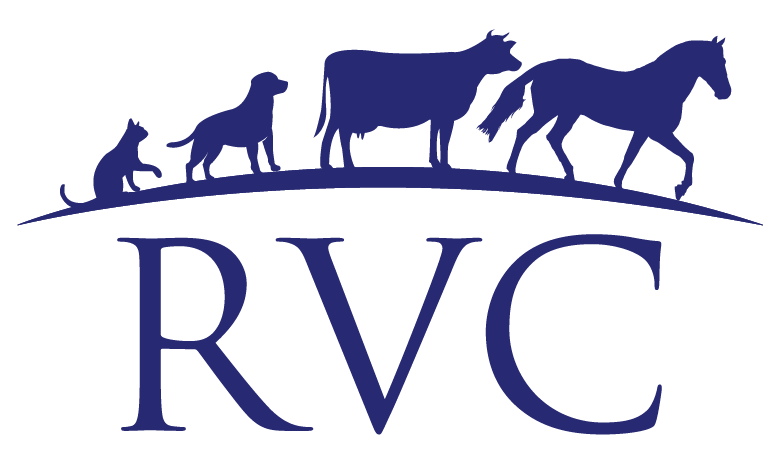‘IT FEELS LIKE SUMMER’
With a long and hot summer predicted this season, heat stress in our dairy cattle is something that we may see occurring. Whilst most of the research surrounding heat stress in cattle has been done in the Northern Hemisphere, we’ve reviewed the literature and highlighted some of the main points of interest, including what to look out for (physiologically and behavioural changes), and how we can prevent heat stress from occurring here in North Canterbury.
What is it:
Heat stress can be defined as ‘the sum of external factors acting on an animal that causes an increase in body temperature and results in a physiological response and changes in behaviour’.
Behavioural changes:
Increased water intake
Reduced feed intake (and shifting feeding times to cooler periods of the day)
Shade-seeking
Decreased activity and movement (i.e. increased standing time)
Aggression
Water intake can increase by 1.2kg/degree C above minimum ambient temperature (cows prefer temperatures under 20 degrees). Water accessibility is considered to be the most important resource for a heat-stressed dairy cow, and the provision of an adequate and fresh water supply should not be overlooked!
When a cow becomes heat stressed, she reduces her DMI which lowers metabolism and results in fewer nutrients and energy available for milk synthesis, resulting in less milk production. Data suggests that lactating cows have an increased sensitivity to heat stress (when compared to non-lactating cows) due to the high metabolism required for milk production.
An increase in standing time is considered to be one of the major risk factors for lameness occurring. Therefore, heat stress is also considered to be a risk factor for lameness, as animals seek shade and decrease their level of activity.
Increased levels of competition for shade access can result in aggression between animals, and frustration of individual animals. Frustration is considered as ‘an emotional state experienced when an individual fails to achieve expected gratification’. Some hypothesize that the feeling of frustration can be seen as aggression of an individual animal to another, when competition is high for a desired variable (such as shade) and water.
Physiological changes:
Reduced milk production
Reduced reproductive performance
Increased respiration rate
Sweating
Reduced milk production is one of the first indicators that we see in the shed, that suggests a cow isn’t doing too well. Milk yield is an easy change to measure and has a direct link to farm profitability. However, there is generally a lag of 24-48 hours between an elevation in environmental temperatures and reduced milk production. So, whilst it is important to note a change in milk production it is more an indicator that the cow has experienced heat stress.
Food for thought:
Whilst the idea of a sprinkler system in the dairy yards sounds like a good idea to combat heat stress experienced by cows during yarding, some research suggests that these could have a negative impact on the animals, with an increase in avoidance behaviours such a shoving/pushing and lowering heads. Cattle appear to prefer to seek shelter (shade) in an effort to avoid adverse weather conditions. Therefore, providing shade on the yards may be a preferred approach.
Summary:
Taking steps to prevent heat stress and providing animals with the adequate requirements to optimise their welfare (and so level of production) is the best approach to have on farm this summer. Our suggestions:
Provide adequate shelter for your herd to allow all animals to seek shade from the sun; reducing their body temperature, and reducing the level of frustration and aggression experienced by individuals
Provide adequate access to a clean trough(s) and fresh water supply
Where possible, limit yarding/management practices to the cooler periods of the day
Consider decreasing the frequency of milking when summer hits (consider 16 hourly milking intervals)
Provide adequate shelter for your herd to allow all animals to seek shade from the sun; reducing their body temperature, and reducing the level of frustration and aggression experienced by individuals
